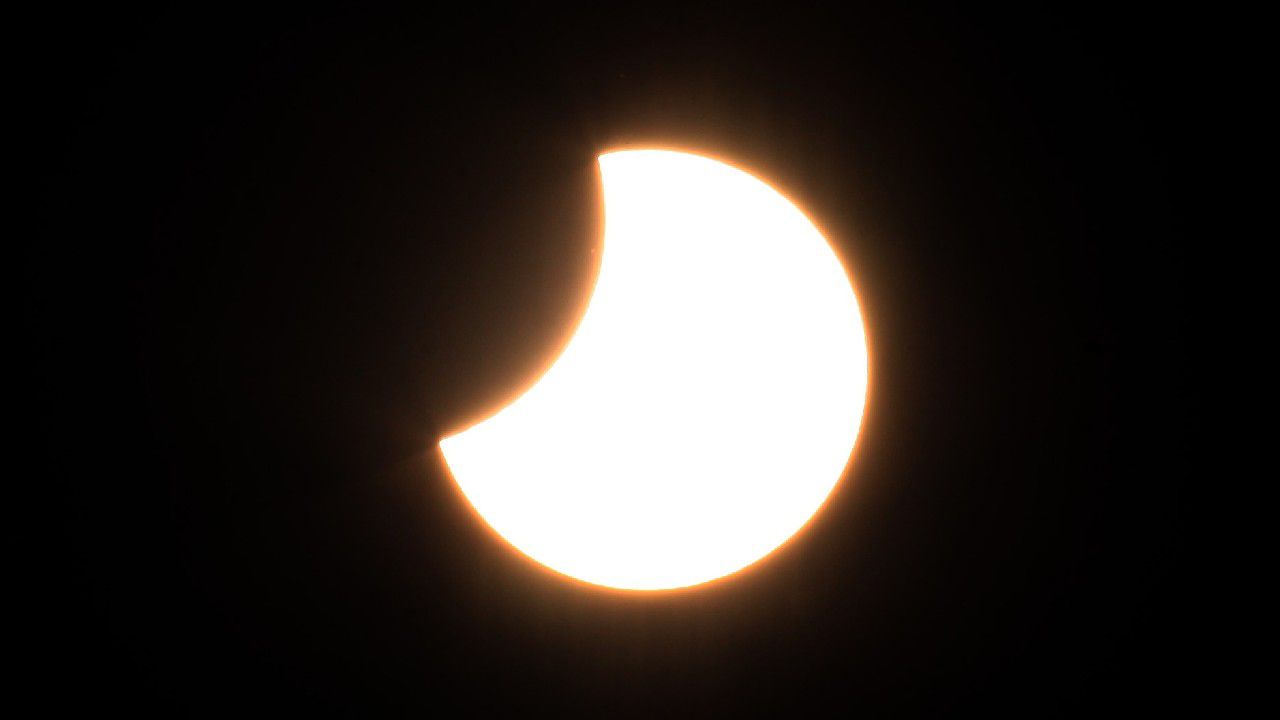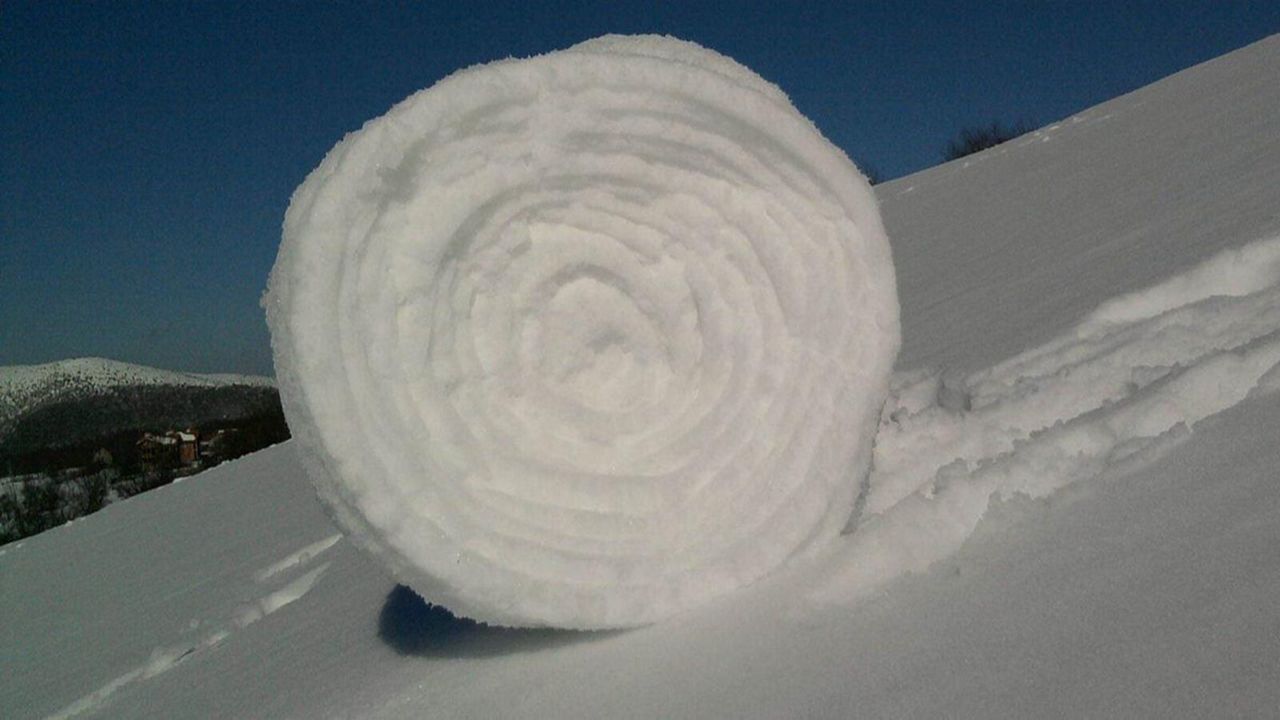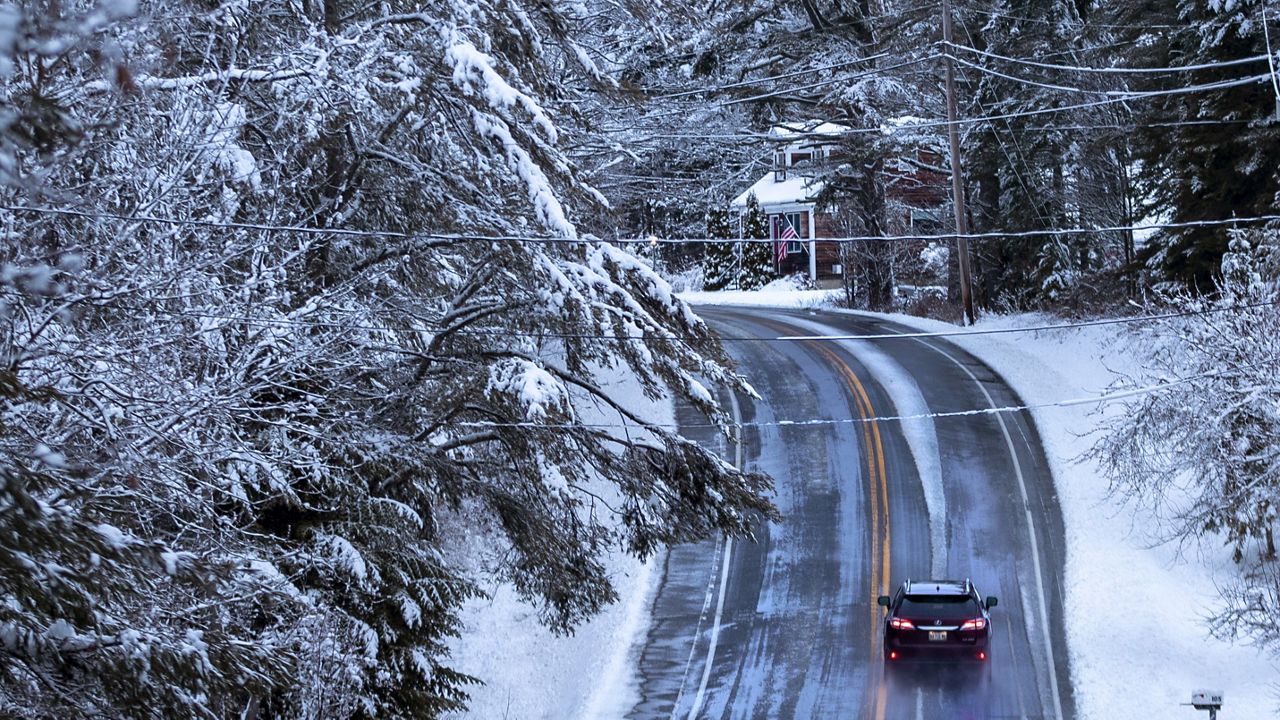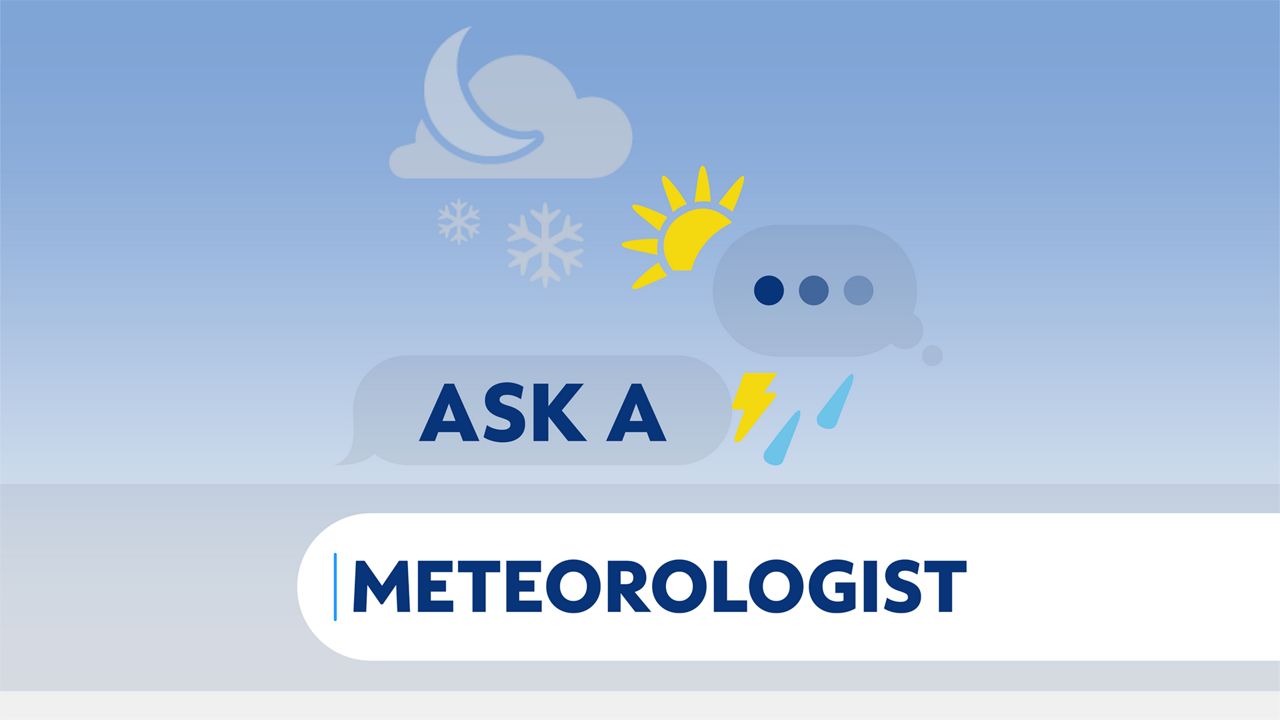A solar eclipse is once again right around the corner. It'll be a partial eclipse in parts of the Midwest and eastern United States.
The next solar eclipse will occur the morning of Thursday, June 10. No matter where you are, though, you will not catch the beginning of the eclipse, since it'll start before the sun comes up. Sunrise isn't until 4:49 a.m. even in Acadia National Park, the first place where you can see the sun come up in the United States.
However, there will still be time to catch it. The moon will continue crossing in front of the sun, which you’ll be able to observe this over the course of a couple of hours. The time of maximum coverage and when the eclipse ends depends on where you are.
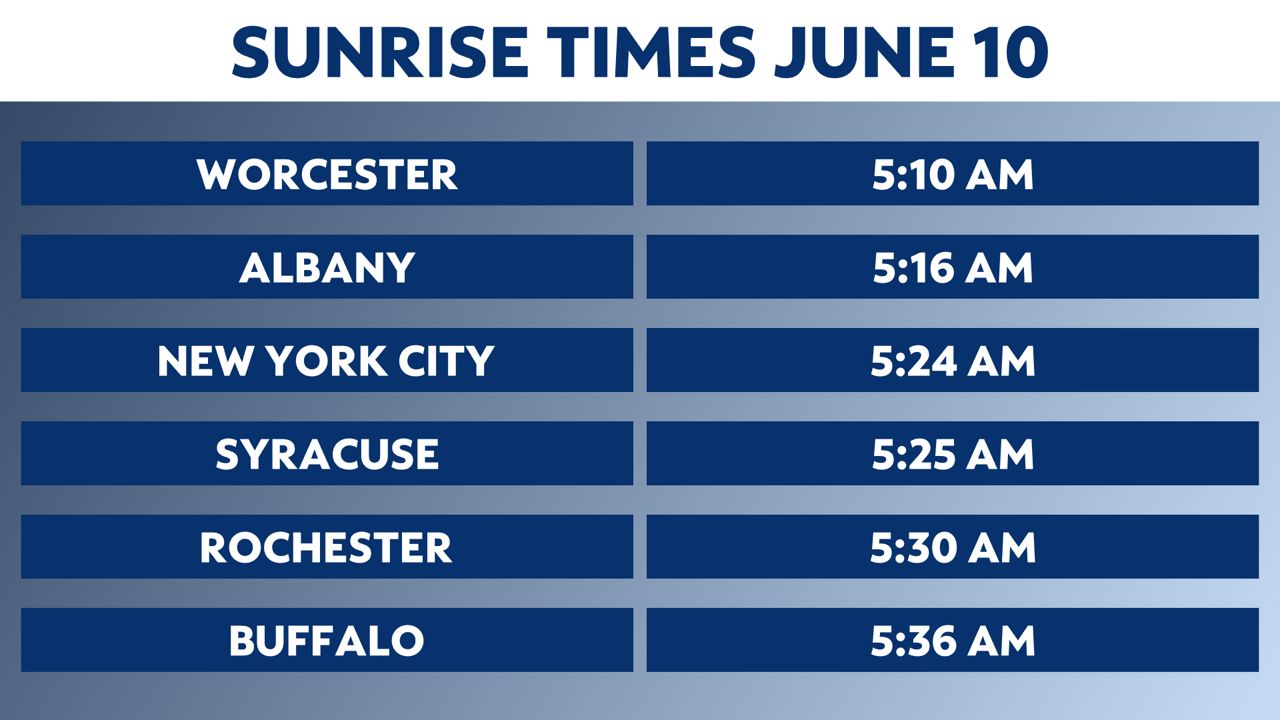
For most, this will only be a partial eclipse. During the eclipse, check your sky to the east-northeast. If skies are clear, depending on your location, the rising sun will look like it is either partially dented, or crescent-shaped. If you by chance happen to be in the right place, you’ll see a rising sun that looks like a ring.
If you are in the Northeast, for example, the moon will cover 80 percent of the sun, at most. In this case, you’ll likely see a sunrise with what appears to be a crescent-shaped sun. If you’re in the Carolinas, the sun will have more of a dented appearance. Where the trajectory of the full eclipse is over central Canada, the sun will appear as a ring, making this an annular eclipse.
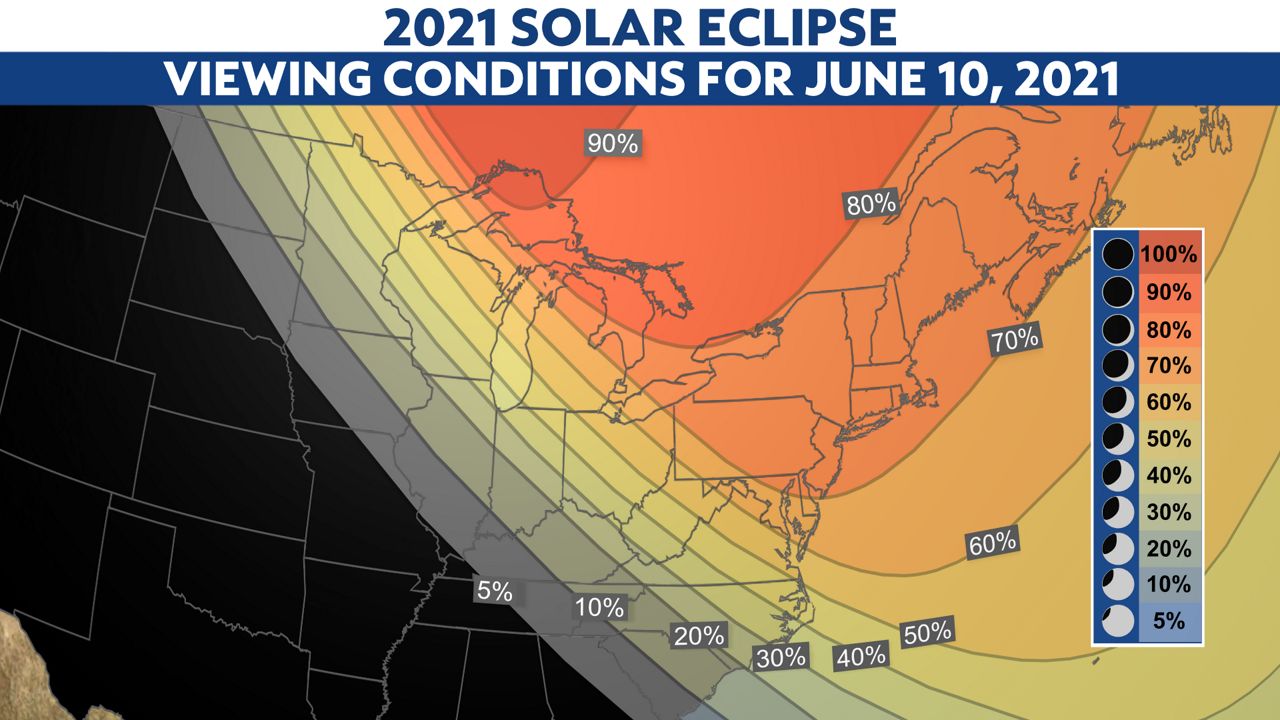
Hope for no fog or clouds to get in the way! Check your local forecast here. As with all other events like this, do not stare directly at the sun! Eclipse glasses are relatively cheap. If you have any lying around from the last eclipse, they’ll come in handy for this one.

Another trick is to make a “pinhole” mirror. If you have a pocket mirror, you can apply a piece of paper to it with a quarter-inch hole cut into it. You can then reflect the sun onto a wall, and the image will be one inch across for every nine feet the mirror is away from the wall. Again, don’t stare at the mirror. Protect your eyes and enjoy the view!




